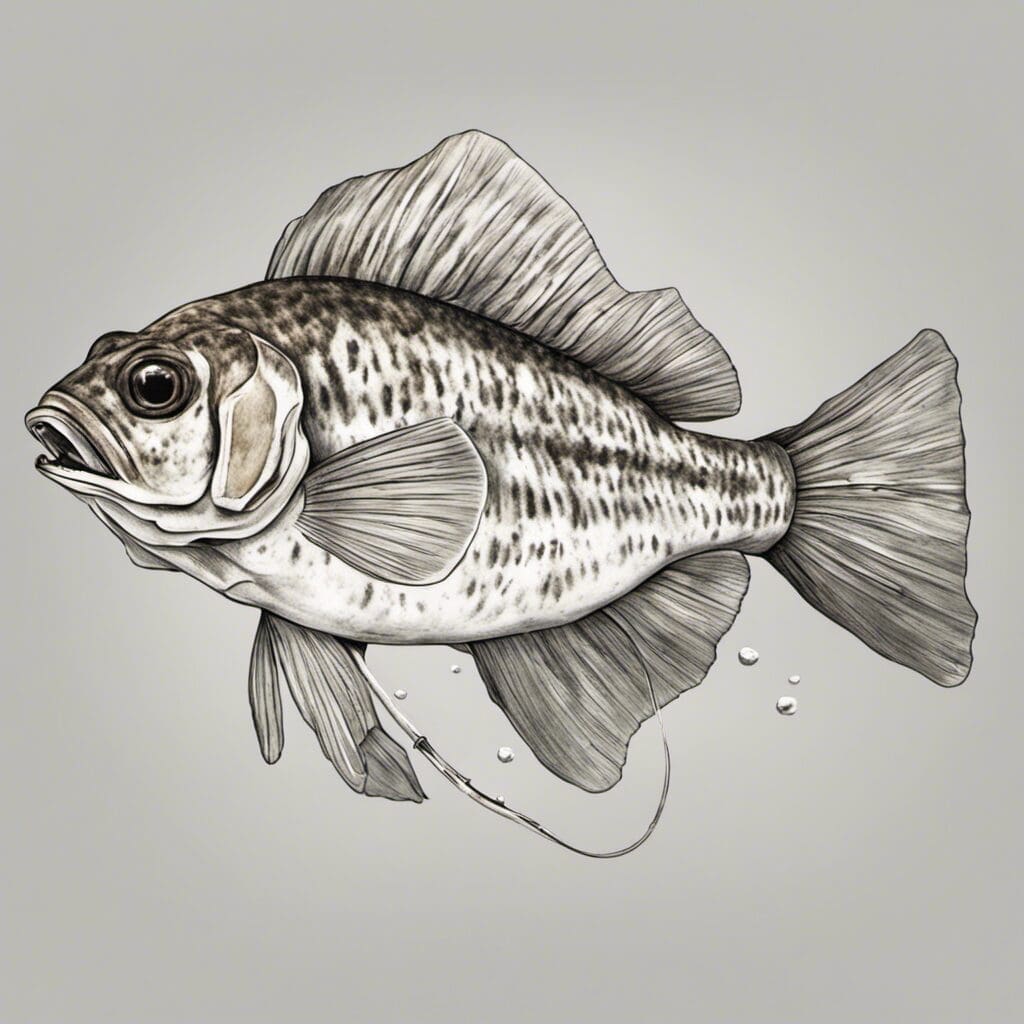Introduction
The Leerfish, commonly referred to as Garrick, is a species of carnivorous fish belonging to the family Carangidae.
Conservation Status
The Leerfish is currently classified as a species of least concern according to the International Union for Conservation of Nature (IUCN). Conservation efforts focus mostly on regulation of commercial and recreational fishing.
Statistics
| Attribute | Average | Range |
|---|---|---|
| Length | 70 cm | 30-120 cm |
| Weight | 3 kg | 1-8 kg |
| Lifespan | 15 years | – |
Distribution
The Garrick fish is native to the Eastern Atlantic and the Mediterranean, observed in regions ranging from Portugal to Angola. It migrates near the shore during the spawning period of May to July.
Habitats
The Leerfish is a coastal marine species usually found in areas where the ocean floor is made of sand or mud. The species is adapted to a wide range of temperatures, showing presence in waters ranging from 12 to 28 degrees Celsius.
When and Where to See
The Leerfish migrates to the coast during May to July. They are most active during the day, often seen hunting in packs.
Best Fishing Locations
Some renowned locations to find Garrick include:
- Algarve, Portugal
- Eastern Cape, South Africa
- Bassin d’Arcachon, France
- Balearic Islands, Spain
- Gibraltar, United Kingdom
- Crete, Greece
- Algiers, Algeria
How to Catch
The best lure for Garrick is mullet, mackerel or squids. Techniques like trolling or casting are effective during the peak migrating months.
Identification Guide
The Leerfish has a silver body, with a distinctive forked tail. Its dorsal fin has a sharp pointed end setting it apart from similar species.
Culinary
Garrick is often grilled or barbequed. Its meat has a mild taste, and is high in proteins.
Additional Information
The Garrick is an aggressive predator, hunting in packs. Potential threats to the Leerfish include commercial and recreational fishing.
References and Further Reading
- FishBase
- SeaLifeBase
- How to Catch Leerfish: Ultimate Guide, FishingBooker

